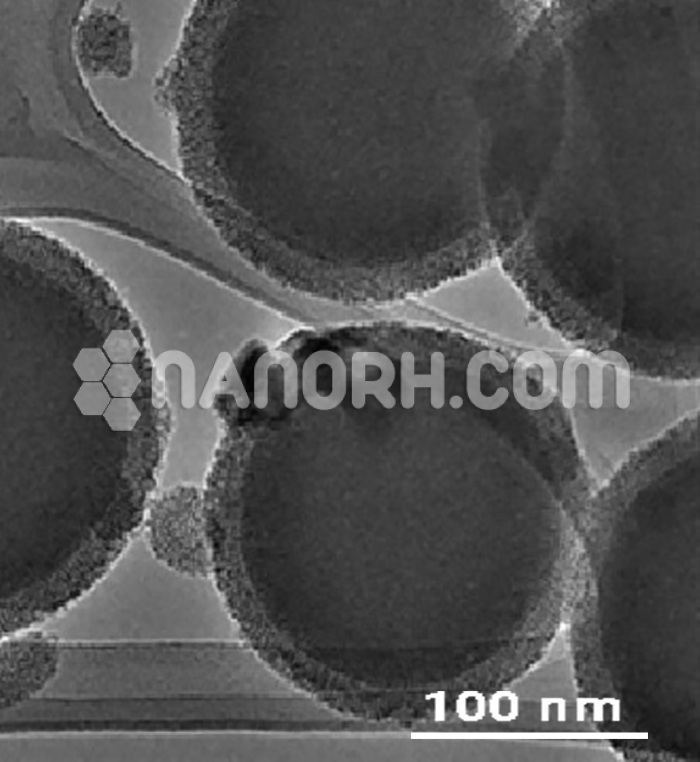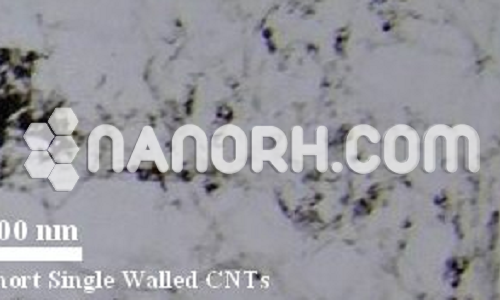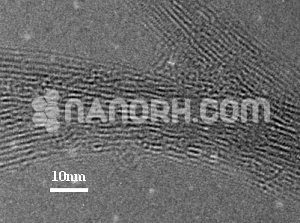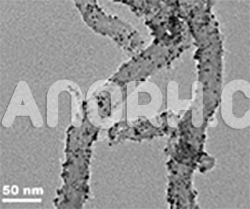| Graphene Carbon Nanotubes | |
| Product No | NRE-37010 |
| CAS No. | NA |
| Purity | 97% |
| Average Diameter | >55 nm |
| Average Length | 10-30um |
| Special Surface Area(SSA) | 60g/cm3 |
| Tap Density | 0.12 g/cm3 |
| True Density | 2.1 g/cm3 |
| Electric Conductivity | > 100 S/cm |
Graphene Carbon Nanotubes
Introduction
Graphene carbon nanotubes (G-CNTs) are hybrid nanomaterials that combine the remarkable properties of graphene with those of carbon nanotubes (CNTs). Graphene is a single layer of carbon atoms arranged in a two-dimensional honeycomb lattice, known for its exceptional electrical conductivity, thermal conductivity, and mechanical strength. Carbon nanotubes, on the other hand, are cylindrical structures made up of rolled-up graphene sheets, exhibiting high tensile strength and flexibility. The integration of these two forms of carbon enhances their collective properties, making G-CNTs highly desirable for various applications across multiple fields.
Applications
Electronics:
Field-Effect Transistors (FETs): G-CNTs can be utilized in the fabrication of high-performance transistors, offering improved speed and efficiency.
Flexible Electronics: Their mechanical flexibility allows for the development of flexible and wearable electronic devices.
Energy Storage:
Batteries: G-CNTs can enhance the performance of lithium-ion batteries by increasing charge capacity and reducing charging times.
Supercapacitors: They are ideal for energy storage applications due to their high surface area and conductivity, enabling rapid energy transfer.
Composites:
Reinforced Materials: G-CNTs can be incorporated into polymers and metals to create lightweight, strong, and conductive composites for use in aerospace, automotive, and construction industries.
Conductive Coatings: They can be applied as coatings to enhance the electrical and thermal properties of surfaces.
Thermal Management:
G-CNTs can improve thermal conductivity in electronic devices, helping to manage heat dissipation effectively and enhance device performance.
Sensors:
Chemical Sensors: G-CNTs can be used in sensors for detecting various gases and environmental pollutants, leveraging their high sensitivity and conductivity.
Biosensors: Their biocompatibility and high surface area make them suitable for detecting biomolecules in biomedical applications.
Biomedical Applications:
Drug Delivery: G-CNTs can serve as carriers for targeted drug delivery, improving the efficacy and control of therapeutic agents.
Tissue Engineering: They can be used in scaffolds for tissue engineering, promoting cell growth and tissue regeneration.
Environmental Applications:
Water Purification: G-CNTs can be employed in filtration systems to remove contaminants due to their large surface area and adsorptive capabilities.
Pollution Monitoring: They can be integrated into sensors to detect heavy metals and other pollutants in the environment.
Catalysis:
G-CNTs can act as catalysts in various chemical reactions, enhancing reaction rates and selectivity, which is valuable in industrial processes.




